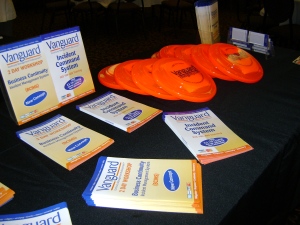There is a lot of choice when it comes to quality business continuity and emergency management conference style educational opportunities in Canada and the US.
The WCDM in Toronto in June is always a big attraction and has provided our profession with many years of sessions to reinforce our knowledge and provoke our thought. EPICC in Vancouver is another venue that has been available for professionals in the Western provinces.
The 2013 Reaching Resilience Conference at the Metro Toronto Convention Center on May 27, 28, 2013 is a focused learning event that is organized by Malcolm Smeaton who in his previous role with the Ontario government chaired a similar event for six years from 2007 to 2012. Each year that conference was a great success, thanks primarily to the support of delegates and presenters. Reaching Resilience includes speakers on security, business continuity, cyber security, life safety, workplace violence, privacy and crisis management. Speakers came from the public service, academia, police, military, business, industry and the legal community. They also hail from all across Canada and the United States.
This year, three members of our Vanguard EMC team will be presenting at Reaching Resilience on the topic of Getting the Best Value from Exercises. In our practice, Lisa Maddock, Cynthia Wenn and I participate in the detailed planning, facilitation and report creation for many medium and large scale exercises including multiple rooms and simulation cells. While providing our clients with methodology, advice and experience we have also garnered a significant amount of exposure to the subtleties regarding what works and what does not. In addition, we have developed some unique methods of simulating communication and social media that will be helpful to the Reaching Resilience conference delegates.
We believe there is good value in this conference and encourage you to look at the program on their web site 2013 Reaching Resilience Conference
Looking forward to seeing you there!


